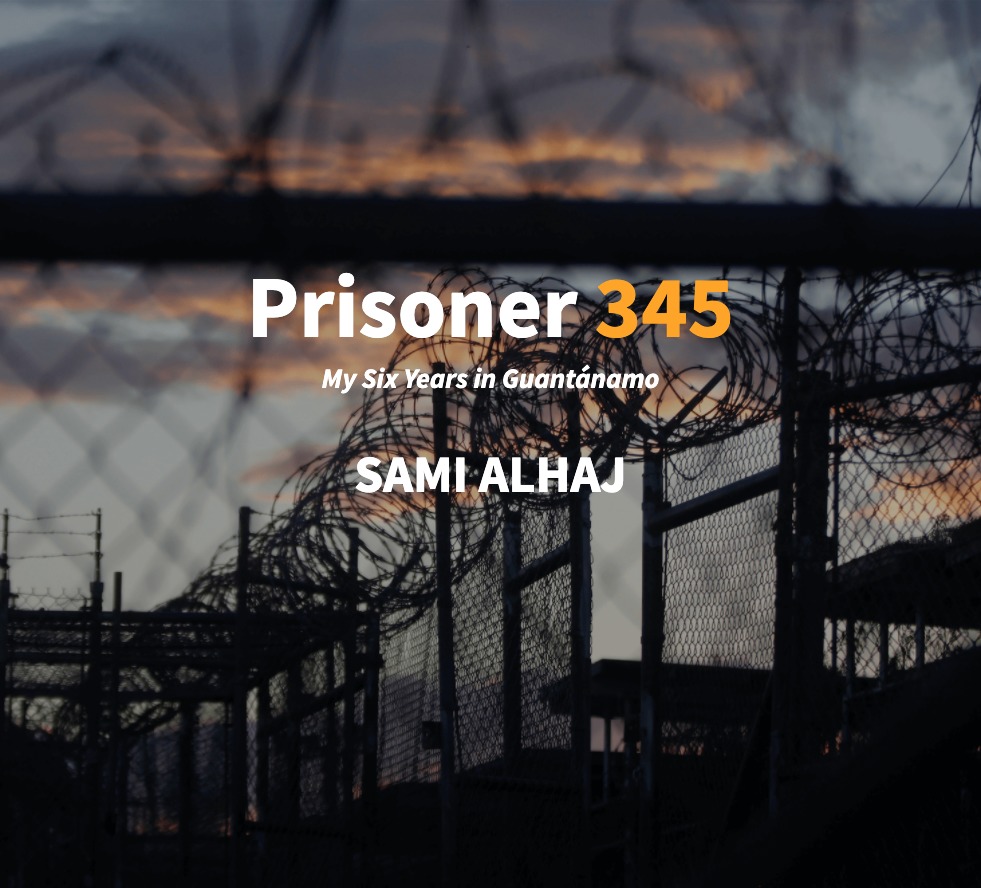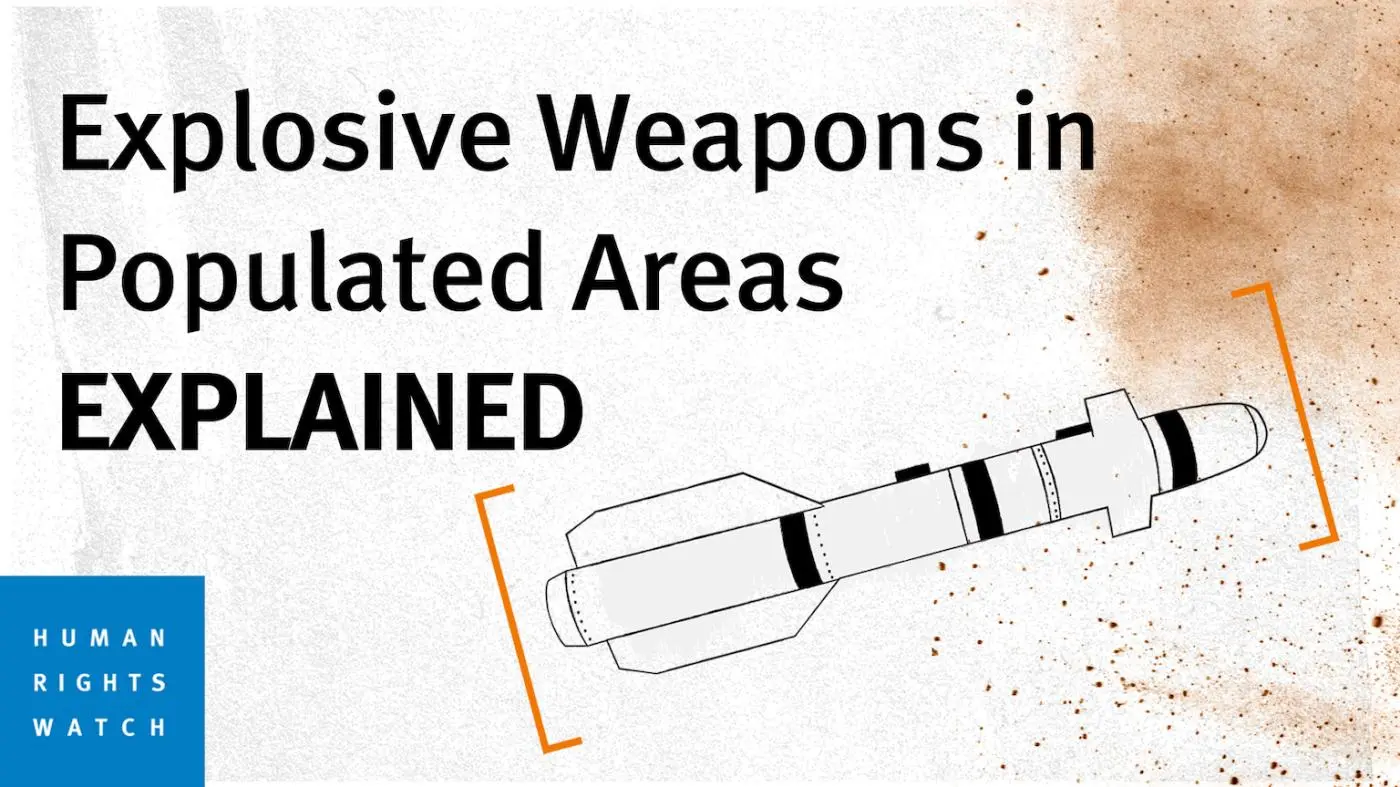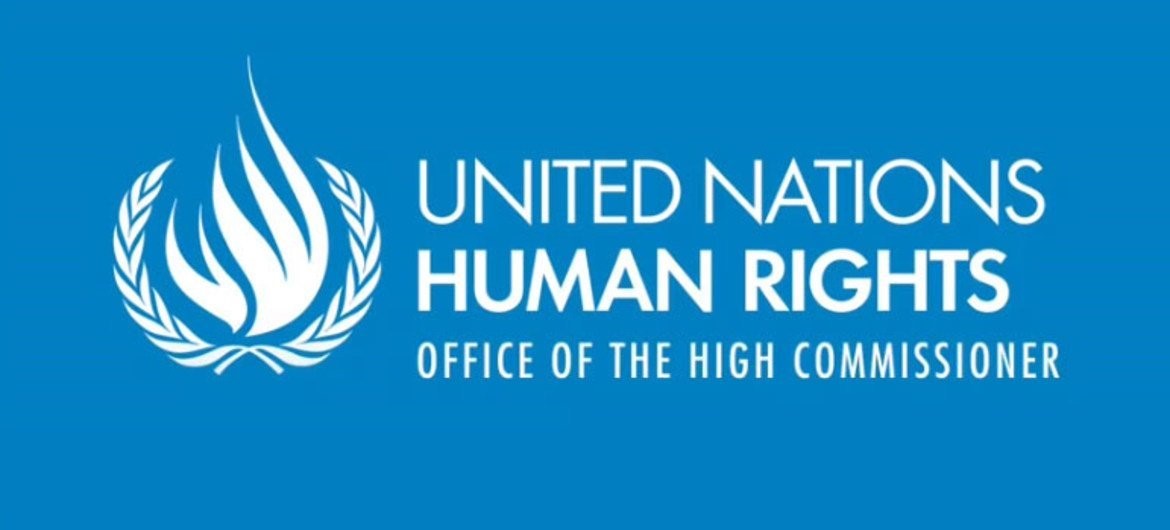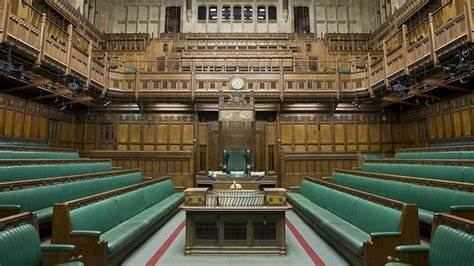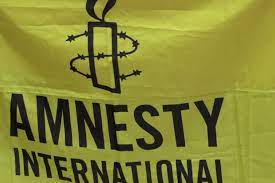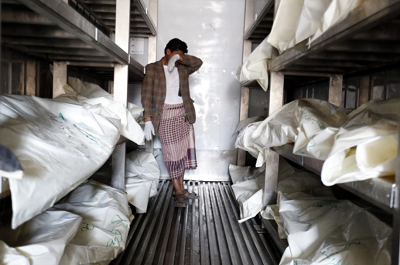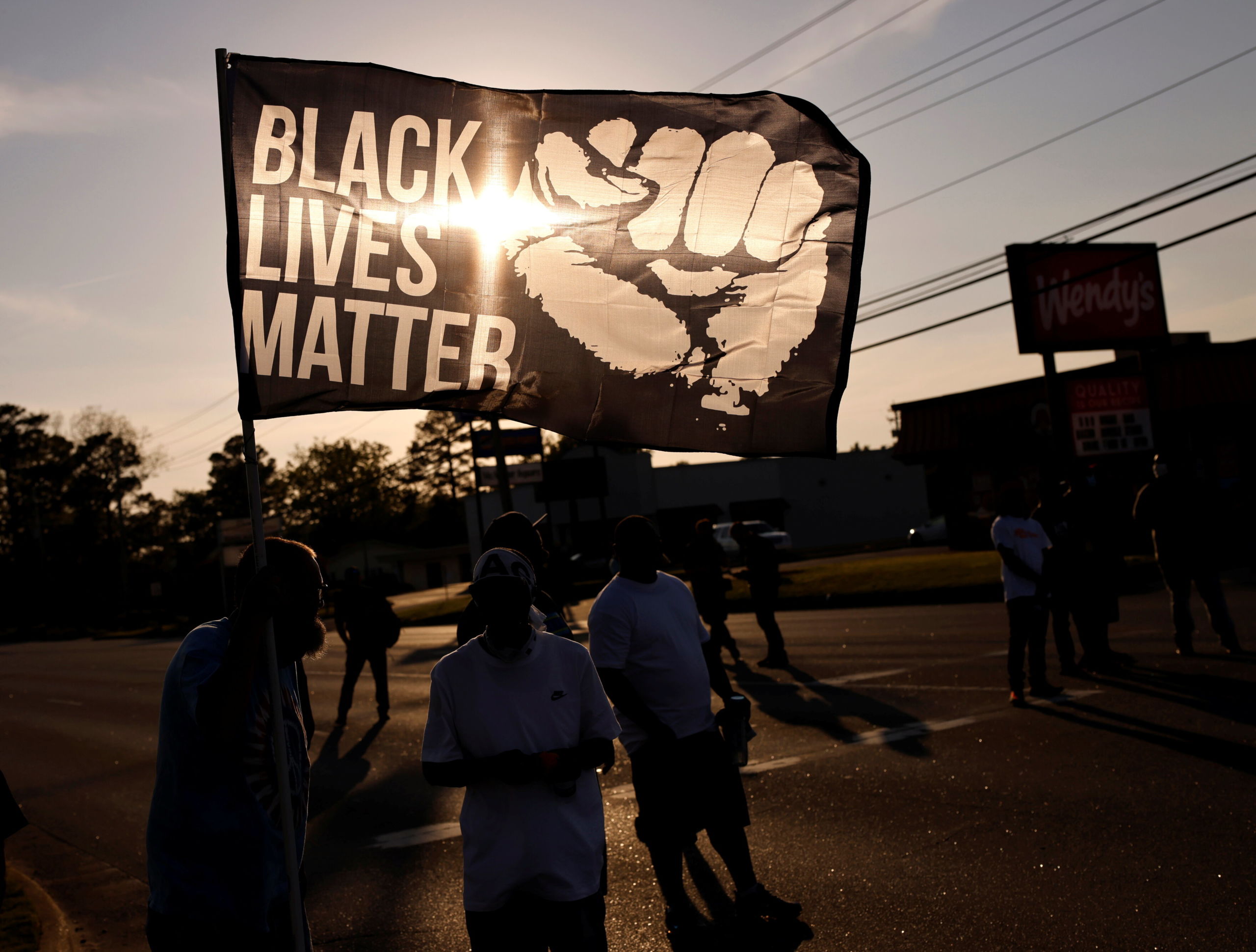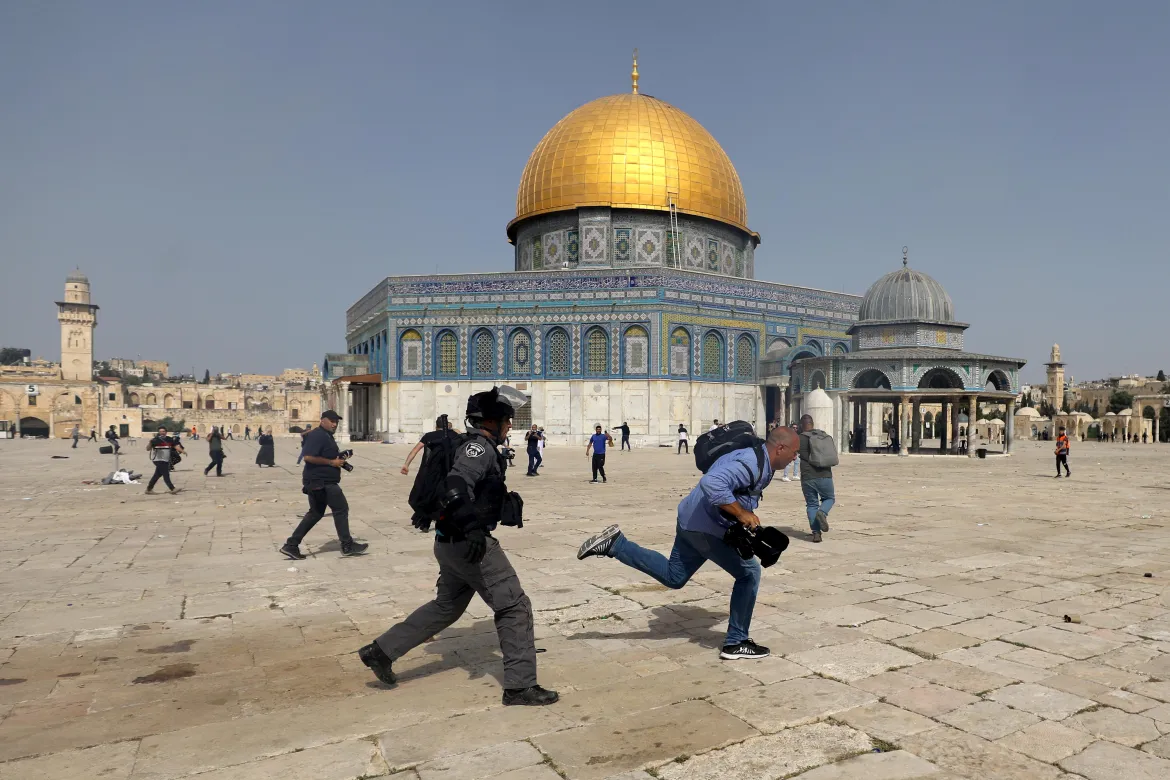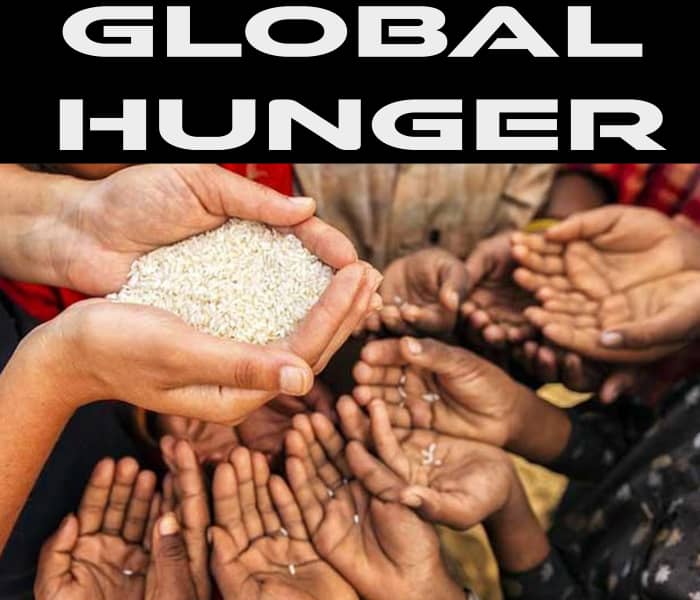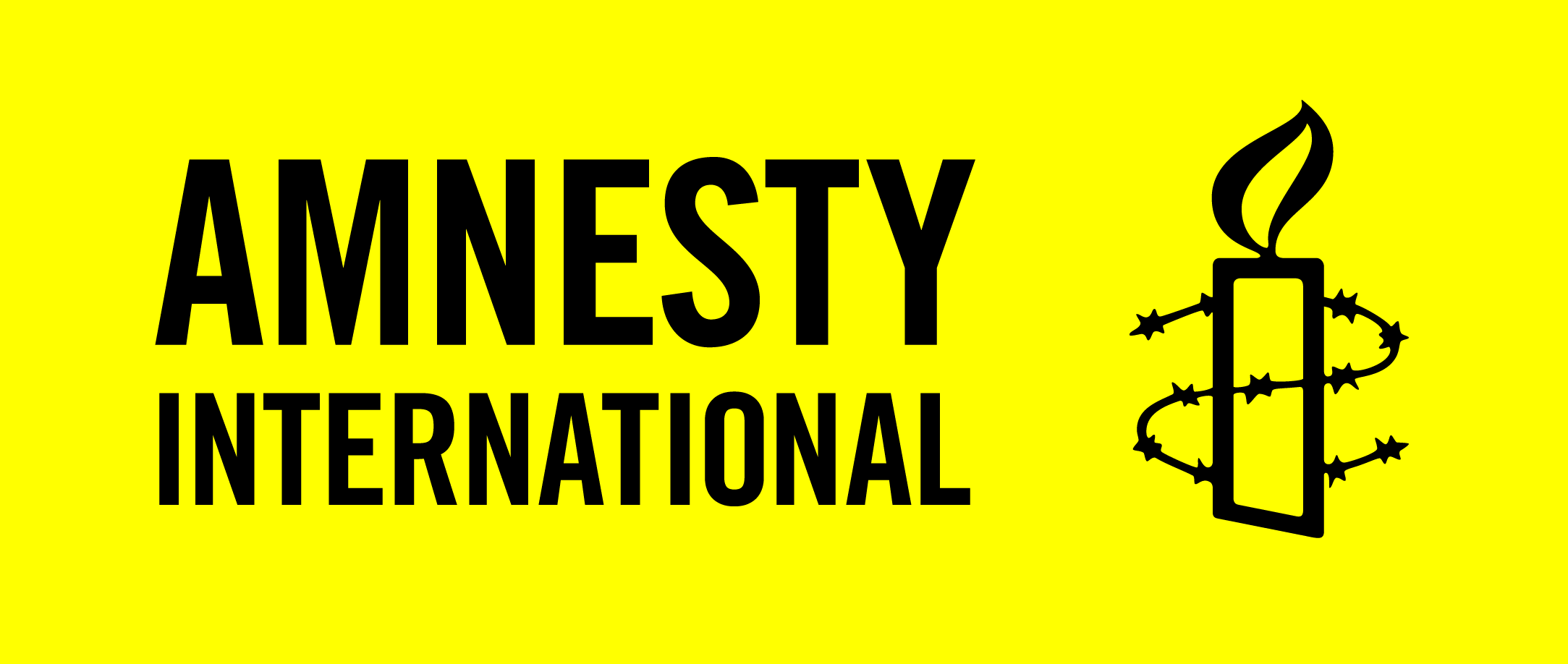Nuclear ambitions rise as arms control crumbles
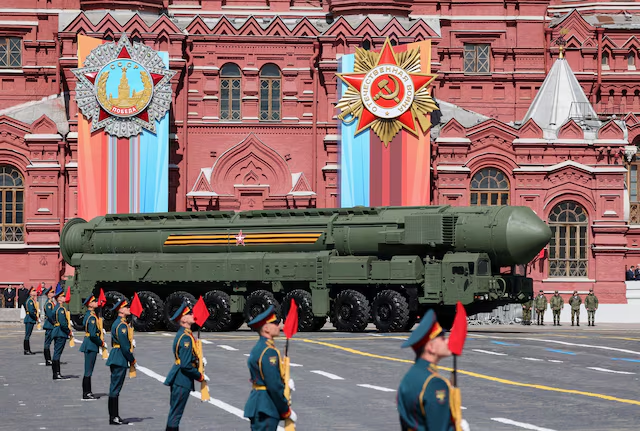
A Russian Yars intercontinental ballistic missile system drives in Red Square during a military parade on Victory Day, which marks the 78th anniversary of the victory over Nazi Germany in World War Two, in central Moscow, Russia May 9, 2023. Sputnik/Gavriil Grigorov/Pool via REUTERS Purchase Licensing Rights
The Stockholm International Peace Research Institute (SIPRI) has released its 2025 Yearbook, revealing an alarming acceleration of nuclear arms development worldwide. Nearly all of the nine nuclear-armed states—the United States, Russia, the United Kingdom, France, China, India, Pakistan, North Korea and Israel—are expanding and modernizing their arsenals amid the collapse of key arms control treaties.
The report paints a grim picture. The decades-old agreements that once kept nuclear competition in check are fraying. With the Intermediate-Range Nuclear Forces Treaty dead and the future of New START uncertain, the world faces a dangerous new arms race.
Israel remains deliberately opaque, maintaining its policy of nuclear ambiguity. SIPRI estimates its stockpile at about 90 warheads, stable since January 2025. Yet, Israel is quietly upgrading its capabilities. It tested a missile propulsion system linked to its Jericho missile family early this year and continues to modernize its plutonium reactor near Dimona, underscoring its commitment to sustain and possibly enhance its nuclear force.
Across the board, the great powers and regional rivals are investing heavily. The United States and Russia are developing new warheads and delivery systems, including hypersonic weapons, while China is expanding its missile silos and multiple warhead capabilities. India and Pakistan continue to build up their arsenals in a fraught neighborhood. North Korea’s missile tests, including intercontinental ranges, add fuel to the fire.
SIPRI’s assessment warns that without a swift revival of arms control and transparency measures, the global strategic balance could unravel further. The risk of miscalculation and escalation grows as more actors seek to outmatch each other with newer, deadlier technologies.
The report is a stark reminder that nuclear deterrence is no longer a static balance but a precarious race with no clear finish line.
In brief
-
Nearly all nine nuclear-armed states are actively modernizing and expanding their arsenals, signaling a new and dangerous phase in the nuclear arms race.
-
The collapse of key treaties like the INF Treaty and the uncertain fate of New START have weakened the global arms control architecture, leaving fewer restraints on nuclear development.
-
Israel continues to keep its nuclear arsenal shrouded in secrecy, estimated at around 90 warheads, while quietly upgrading missile technology and fissile material production facilities.
-
The United States and Russia maintain large strategic arsenals, advancing new warheads, hypersonic glide vehicles, and missile defense systems that may further destabilize deterrence dynamics.
-
China is rapidly expanding its nuclear forces, adding missile silos and equipping missiles with multiple warheads, reflecting a shift from minimal deterrence to a more robust and survivable posture.
-
India and Pakistan persist in building up tactical and strategic nuclear weapons amid ongoing regional tensions, heightening risks of accidental or intentional escalation.
-
North Korea’s ongoing missile tests, including intercontinental ballistic missiles, continue to challenge regional and global security, complicating diplomatic efforts.
-
Without urgent international cooperation to revive arms control agreements and increase transparency, the risk of nuclear confrontation and miscalculation grows.
-
Emerging technologies such as hypersonic weapons and advanced missile defenses introduce new strategic uncertainties, demanding fresh arms control frameworks to address these challenges.
-
SIPRI’s conclusion
“The renewed nuclear arms race, unfolding amid the erosion of established arms control regimes, poses a grave threat to international peace and security. Without urgent and sustained diplomatic efforts to restore trust, transparency, and effective controls, the world risks sliding into a perilous era of instability and conflict.”
- For full details and data tables, explore the SIPRI Yearbook 2025 report.
- Most Viewed
- Most Popular
